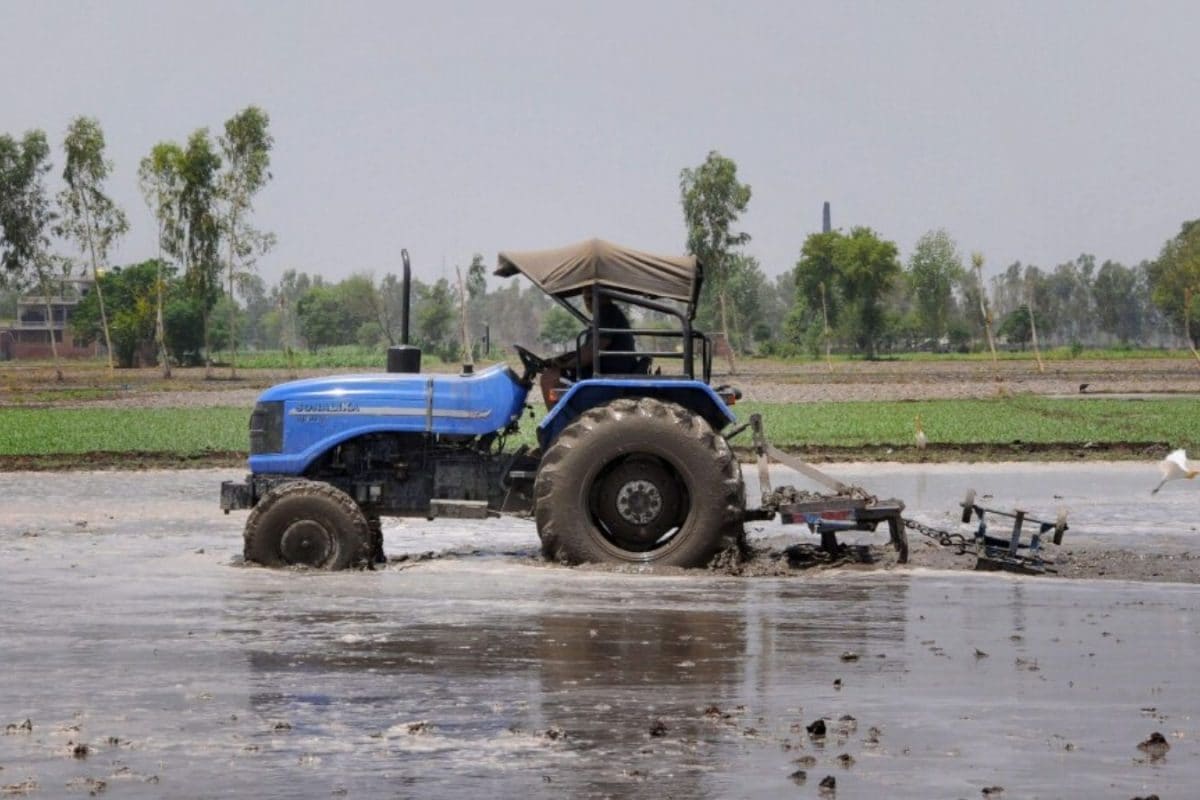

The impending early arrival of the monsoon in 2025 has sparked a wave of optimism among farmers across India, offering the promise of timely sowing, respite from the scorching heat, and a potential boost to the rural economy. The India Meteorological Department (IMD) has predicted the monsoon to hit the Kerala coast by May 27, marking the earliest onset in six years. This projection has raised hopes for a bountiful Kharif crop season and overall positive impacts on food production, rural demand, and inflation.
The southwest monsoon is the lifeline of India's agrarian economy, contributing nearly 70% of the country's annual rainfall. About 51% of the net sown area in India depends heavily on these rains, making their timely arrival crucial for crop yields and the livelihoods of millions of farmers. An early and well-distributed monsoon can lead to early sowing, improved yields, and income stability for farmers, especially those in rain-fed regions.
The early monsoon is expected to benefit key Kharif crops such as rice, maize, cotton, soybean, and other oilseeds, which rely heavily on monsoon water. Agriculture experts anticipate that the advance of the monsoon will translate into a bumper harvest, reducing dependence on groundwater and synthetic irrigation. Timely rainfall is critical for sowing and ensuring optimal growth cycles. Furthermore, it can reduce sowing delays and enhance seed germination, directly impacting yields.
The government has also set an ambitious foodgrain production target of 354.64 million tonnes for the 2025-26 crop year, encouraged by the promising monsoon forecast. Early rains in northern states like Punjab, Haryana, and Uttar Pradesh could particularly aid paddy sowing, replenish groundwater levels, and reduce the strain on irrigation systems.
Beyond agriculture, an early and strong monsoon is expected to have a cascading effect on the broader economy. With rural India facing challenges such as sluggish FMCG consumption and stagnant wage growth, a rise in rural demand becomes even more critical. A good monsoon can boost agricultural output, increasing disposable income in rural households, which in turn can drive spending on FMCG, services, and housing, positively impacting the overall economy. Also, it may support milk yield recovery and curb consumer price pressure, provided rainfall patterns remain stable through June and July.
The early onset of rains also reduces the energy and financial burden of mechanized irrigation on farmers, which in turn cuts diesel consumption and enhances agricultural profitability. For small and marginal farmers, timely rainfall translates to lower input costs and reduced crop risk, both of which are critical for long-term sustainability. Increased farm activity can also lead to higher rural incomes and improved consumer demand, with a potential positive ripple effect across related sectors such as fertilizers, agrochemicals, tractor sales, and agri-finance.
However, it is important to note that while the overall forecast is optimistic, some regions may experience below-normal rainfall. Parts of northwest India, northeastern states, and southern peninsular regions may receive less rainfall than usual, making crop planning critical. The IMD has predicted that states like Madhya Pradesh, Rajasthan, Maharashtra, Odisha, Chhattisgarh, Uttar Pradesh, and West Bengal are likely to receive above-normal rainfall.
In conclusion, the early arrival of the monsoon in 2025 brings renewed hope for farmers and the Indian economy. The prospect of timely sowing, reduced irrigation costs, and increased crop yields has instilled a sense of optimism, with expectations of a boost to rural demand and a positive impact on inflation. While challenges related to uneven rainfall distribution remain, the overall outlook is promising, with the potential for a strong and productive agricultural season.